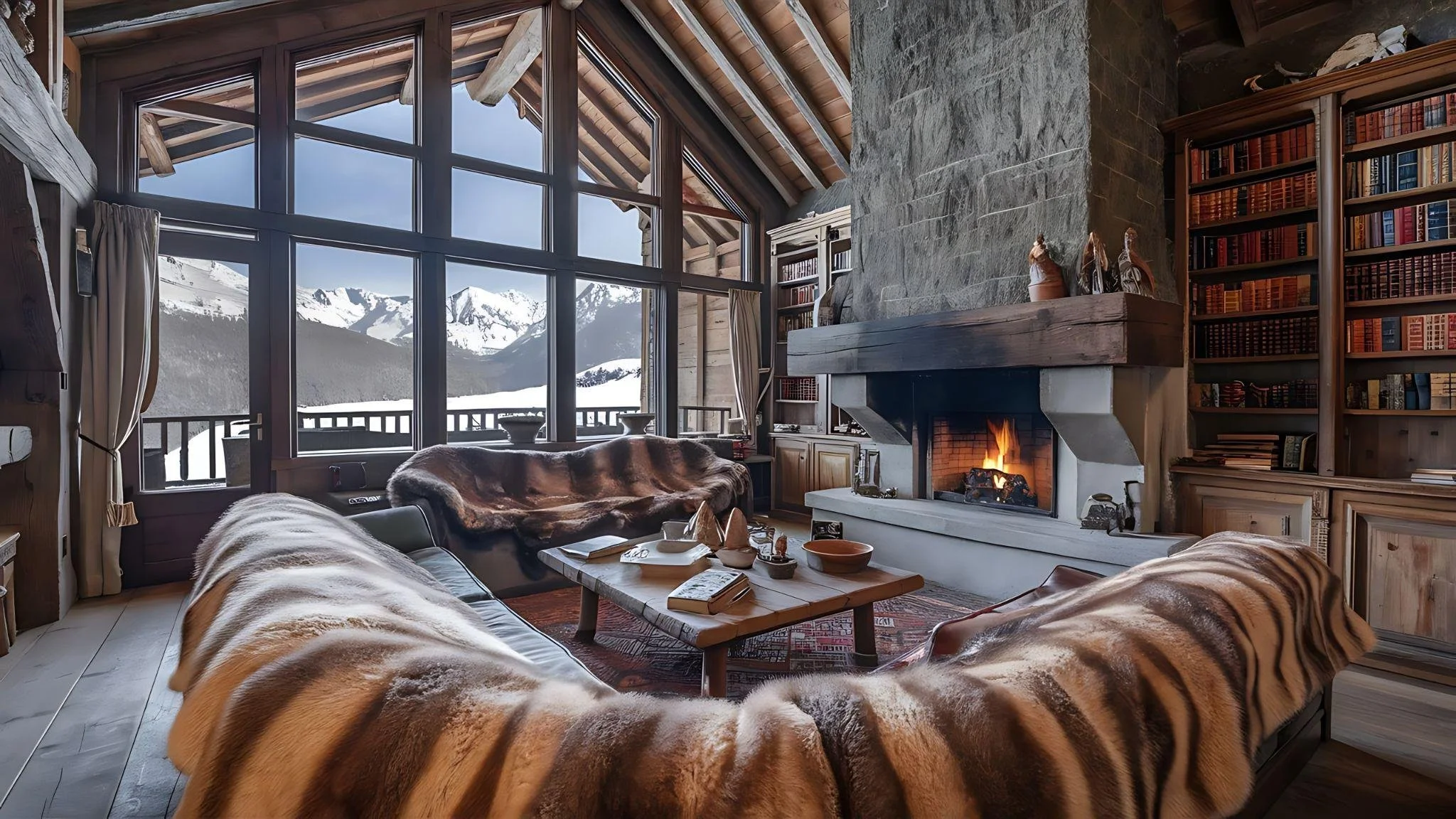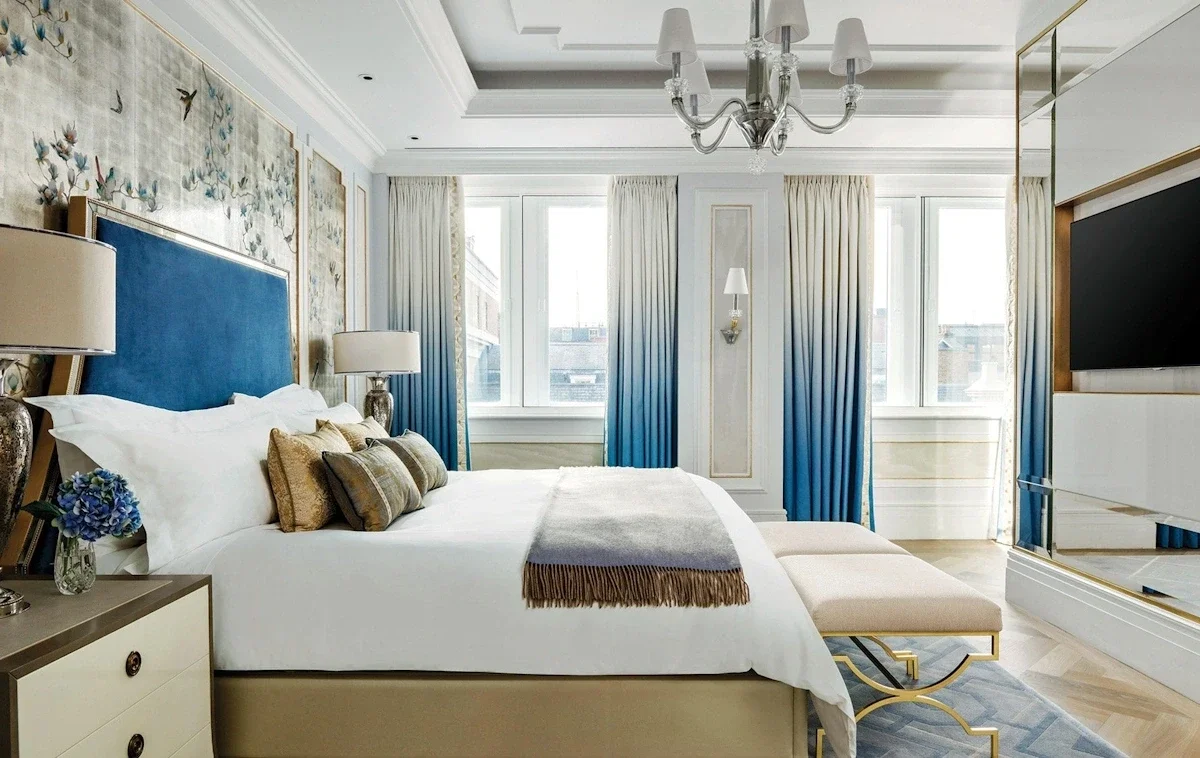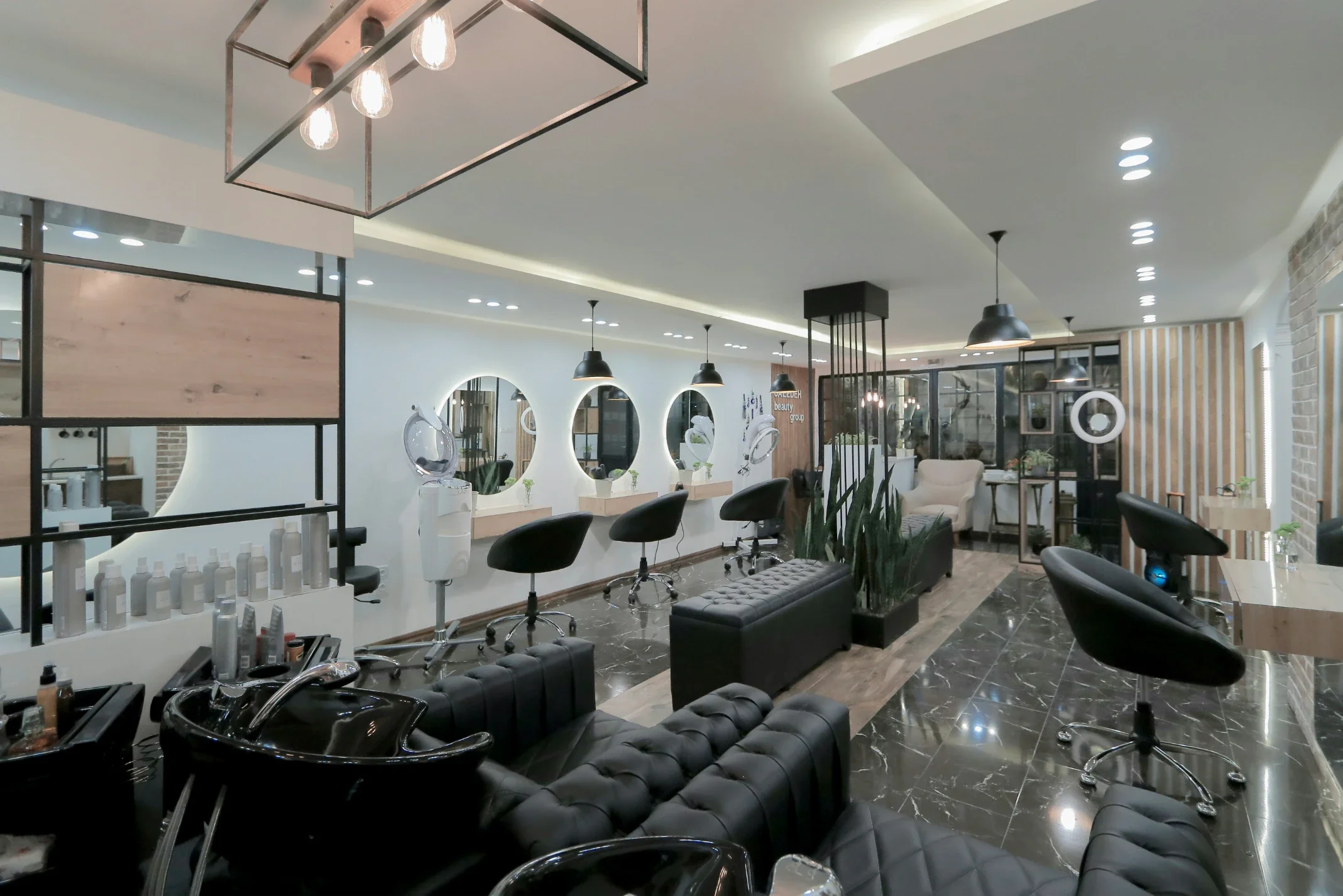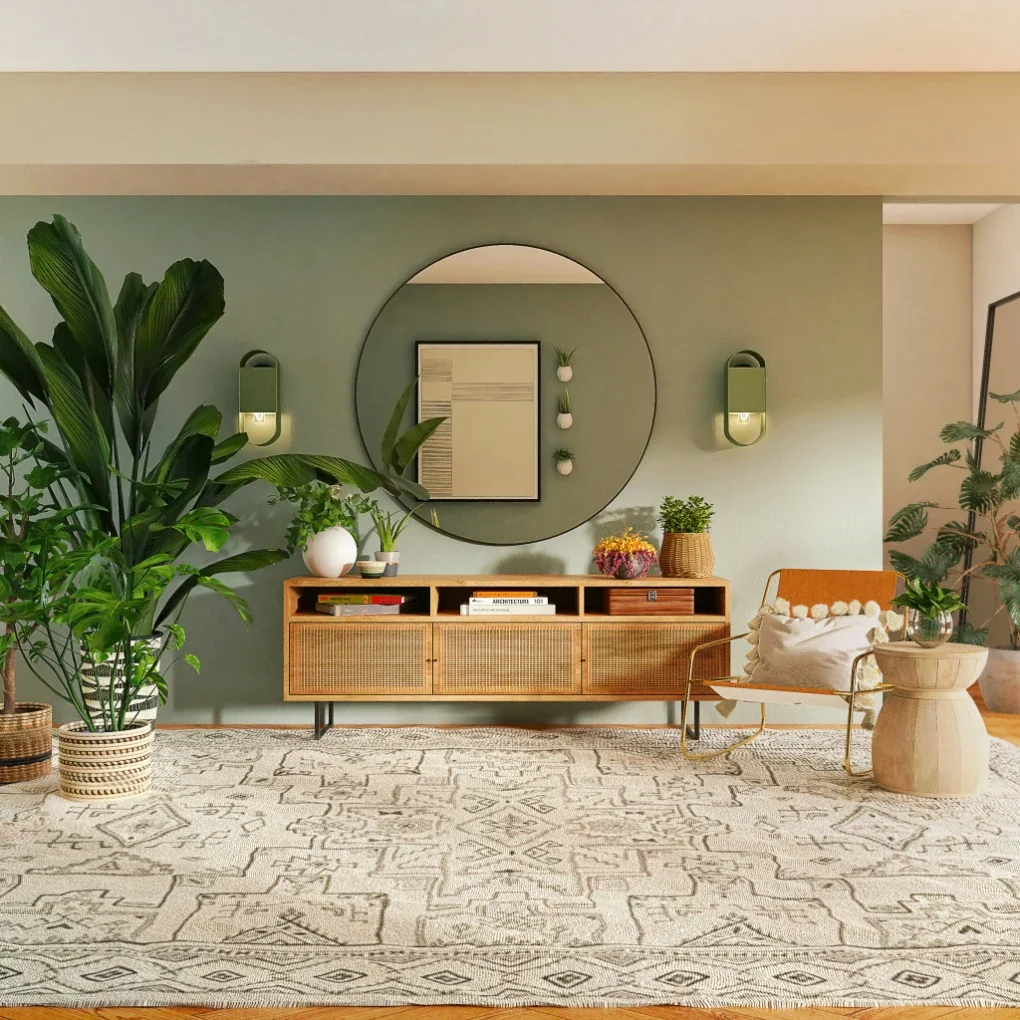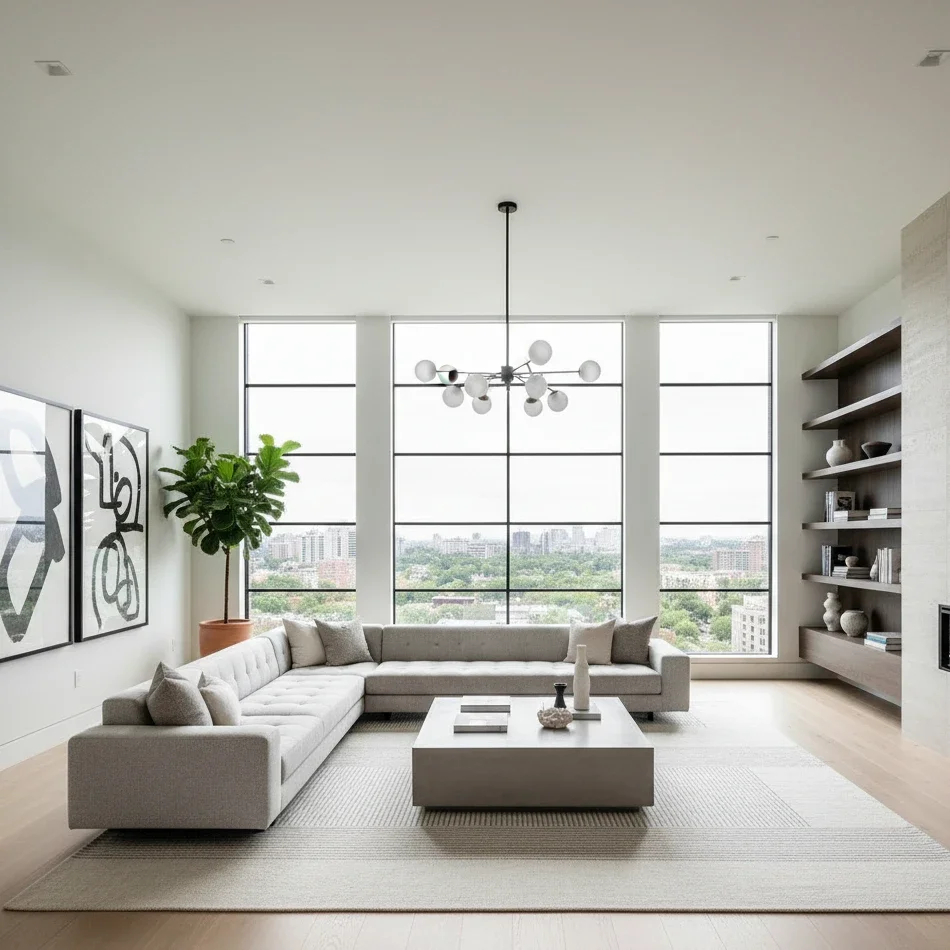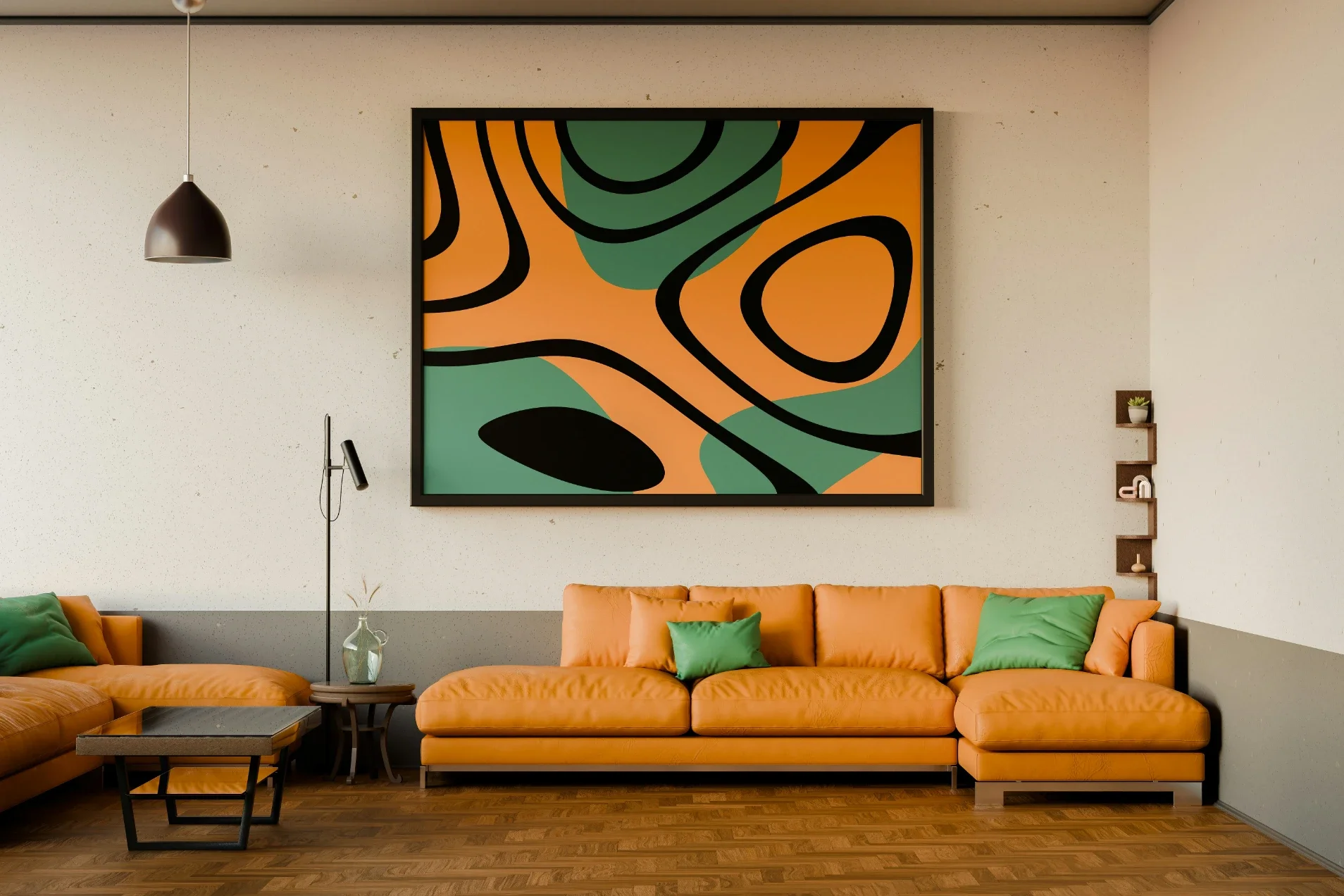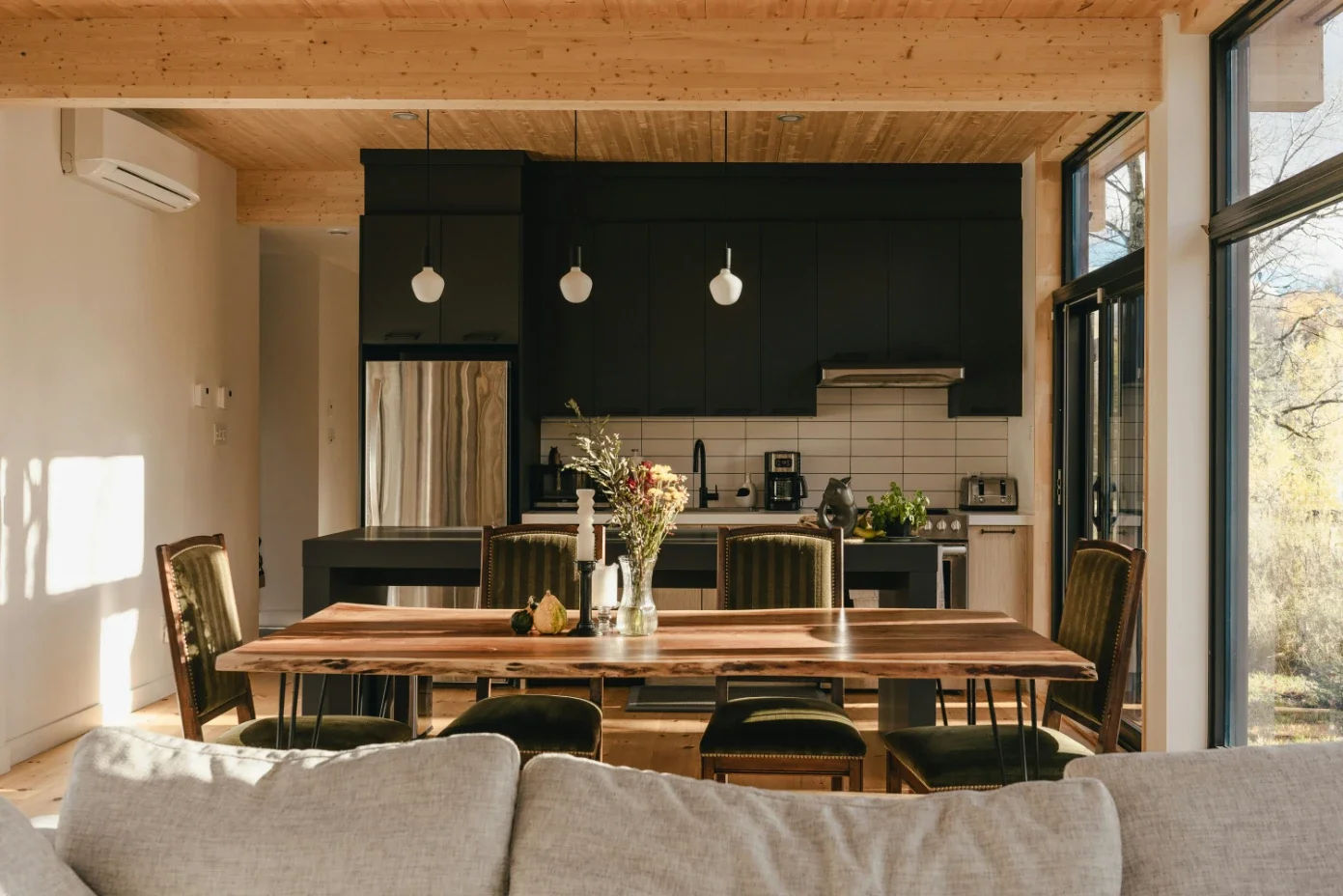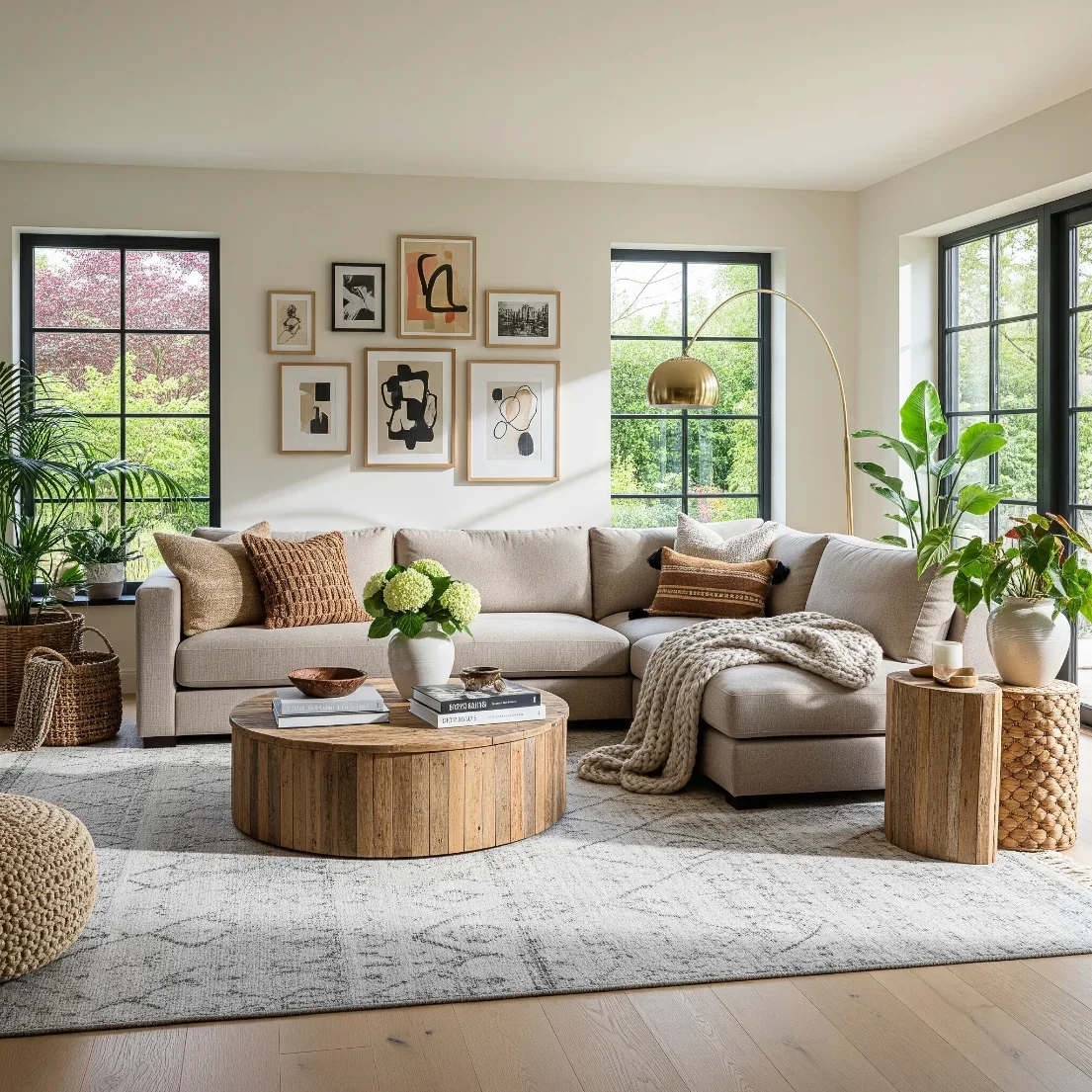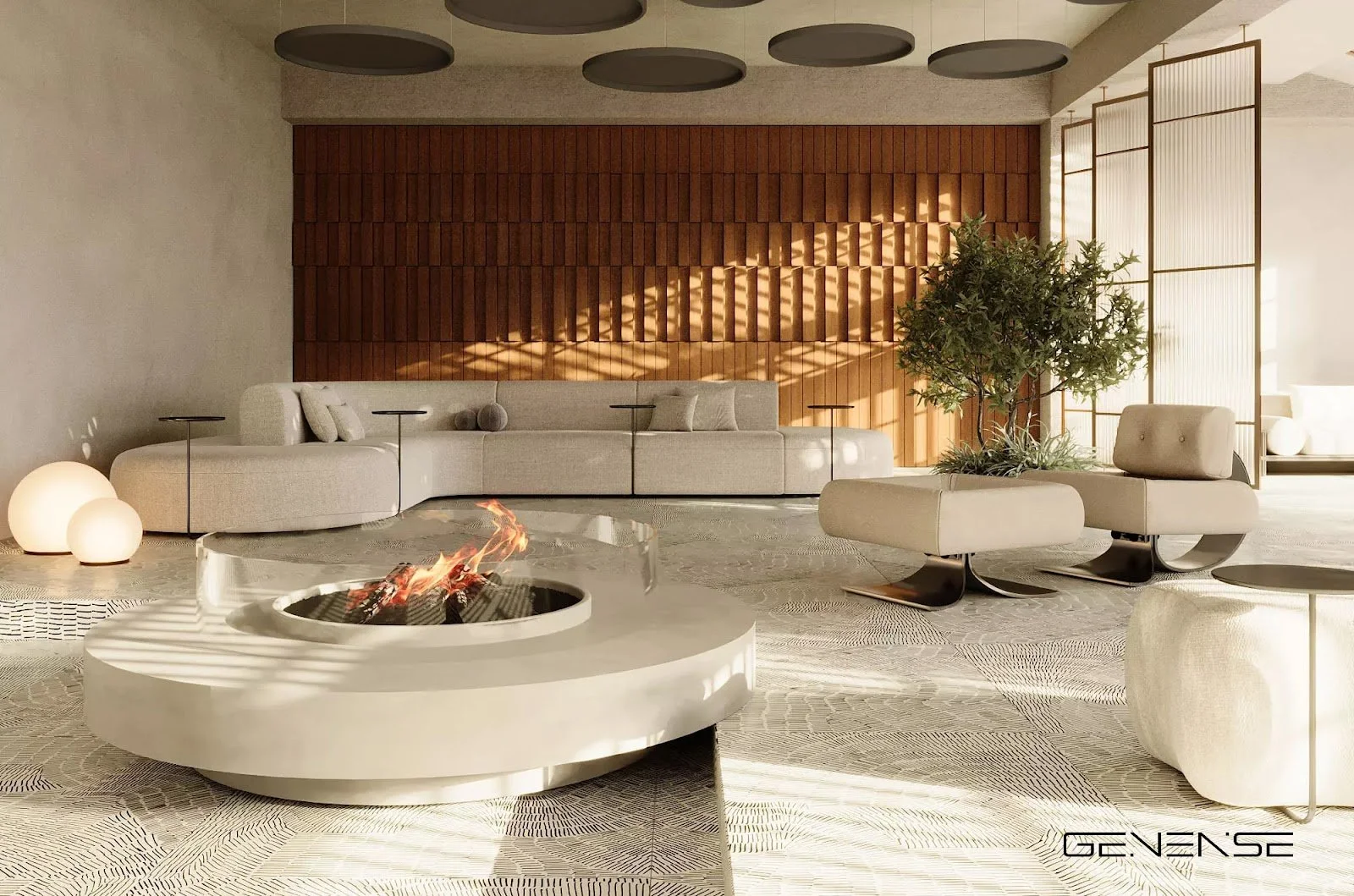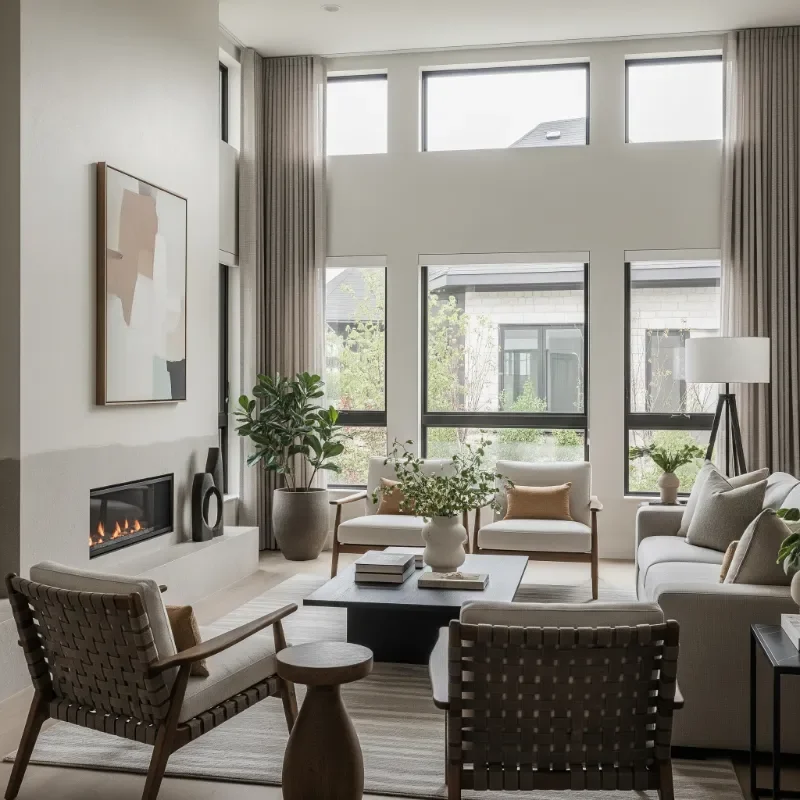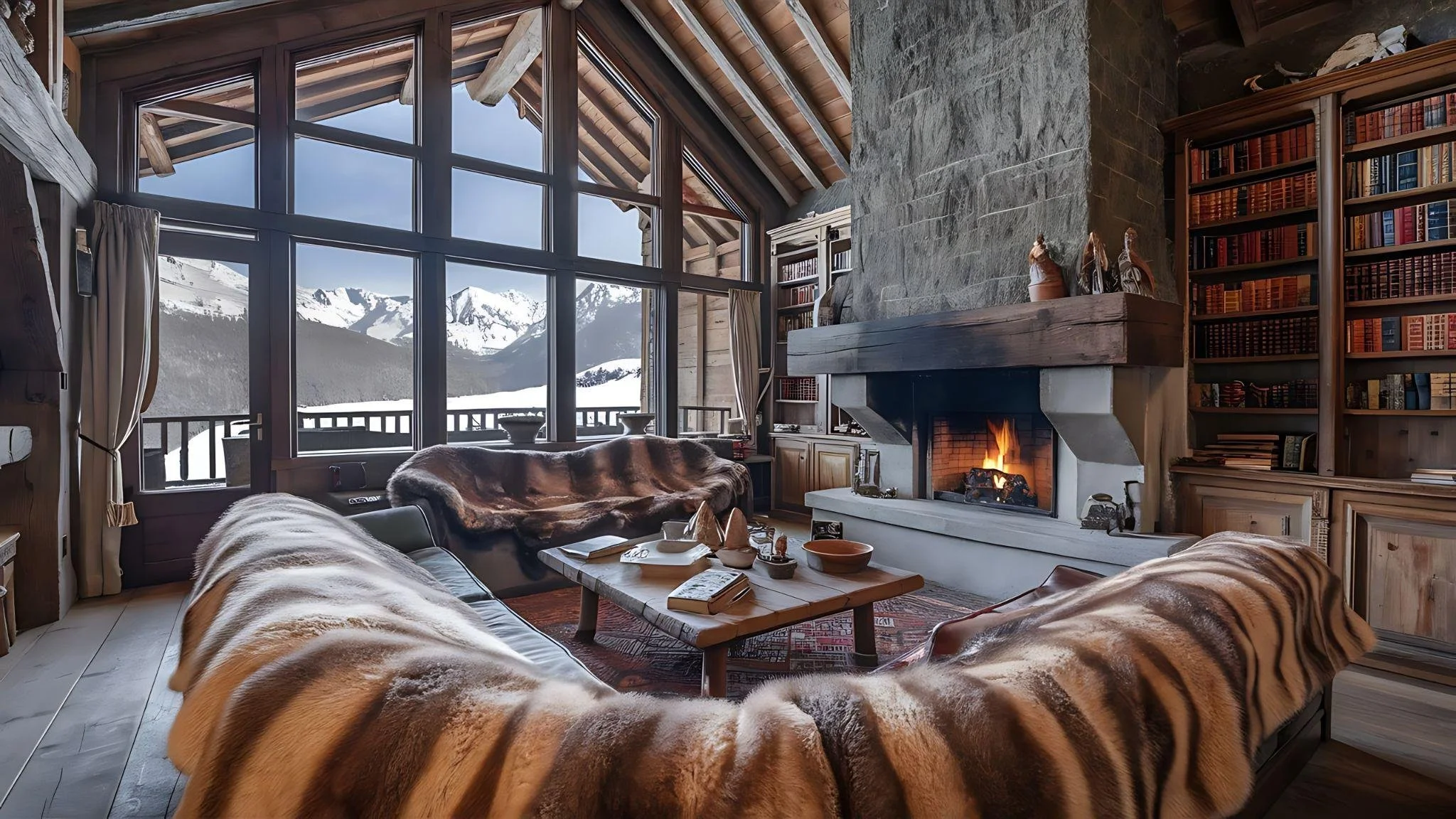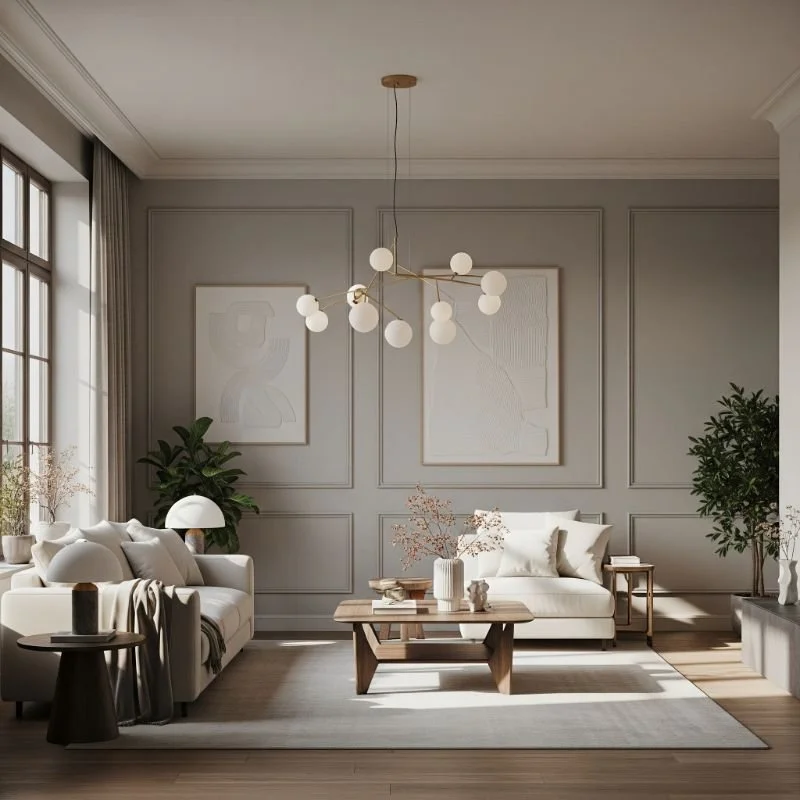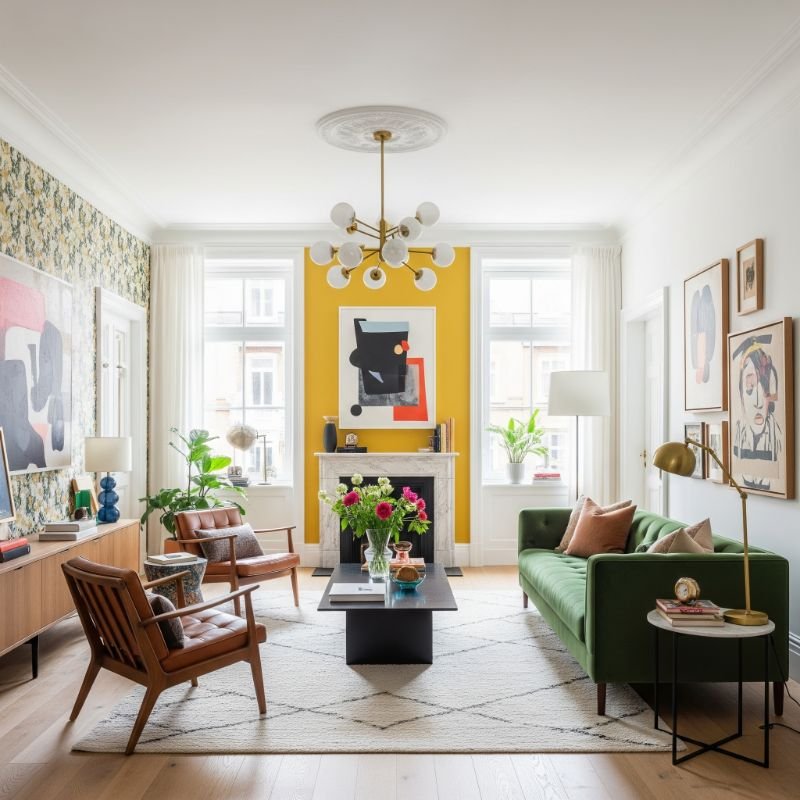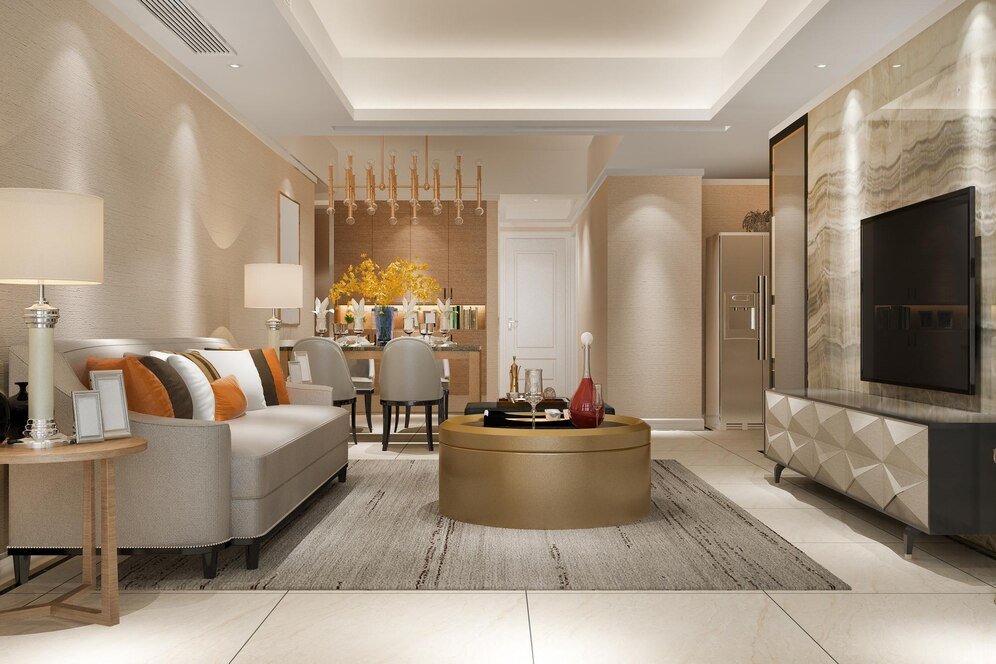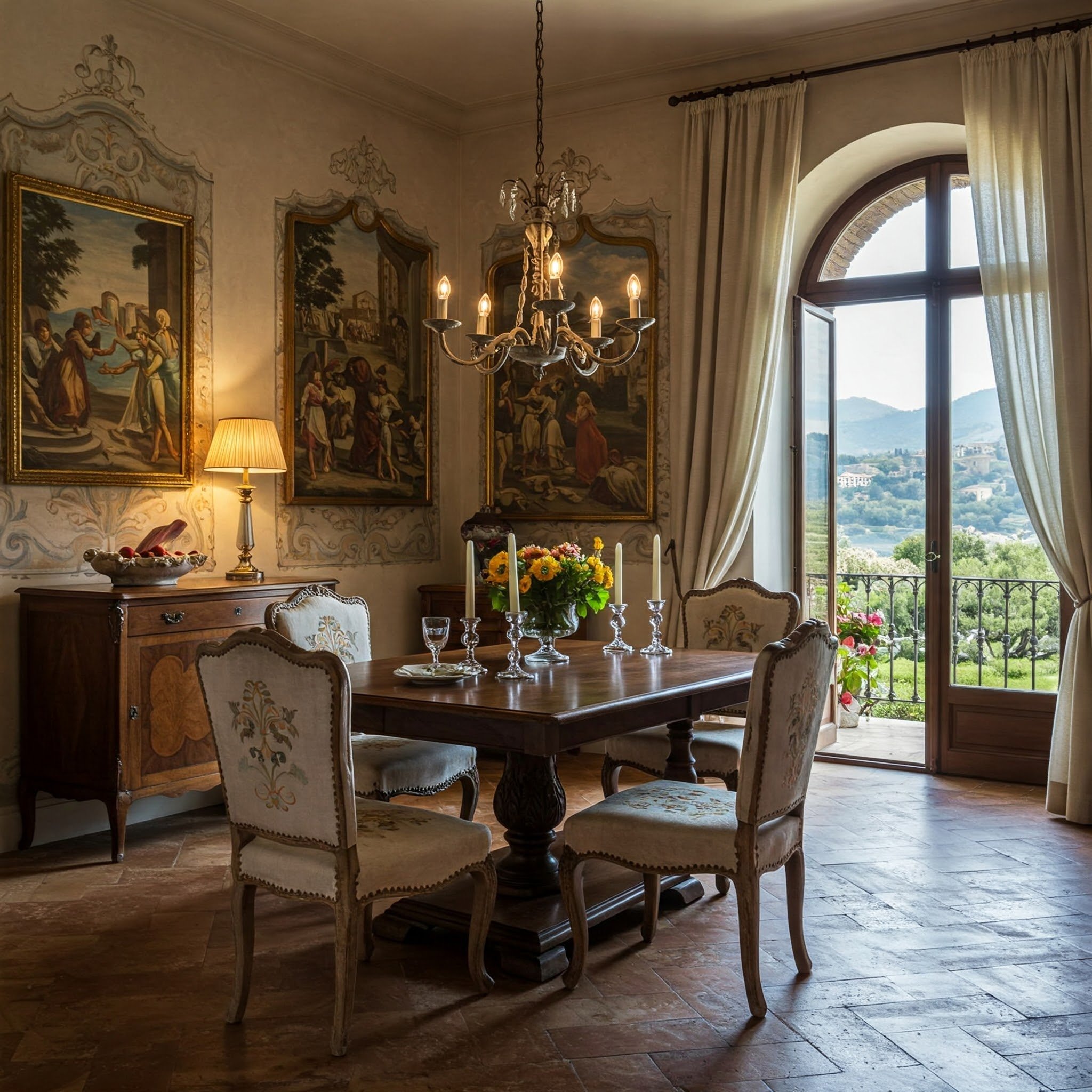Designing with Nature in Mind: Interiors Inspired by Aspen
Explore how Aspen's natural beauty influences interior design with warm textures, organic materials, and cozy elegance for a serene home.
Understanding the Connection Between Place and Design
Design decisions take on more weight in a place like Aspen. The mountains, forests, and shifting seasons shape how people live and move through their homes. In this region, interiors do not stand apart from nature. They respond to it.
Many homeowners work with Aspen interior designers because these professionals understand how to create interiors that reflect the character of the landscape. The result is not about recreating nature indoors but aligning the home with its environment.
Working with Natural Light
Mountain light changes throughout the day and the seasons. Morning sun can flood a room. Afternoon light may feel sharp in winter or soft in summer. Interiors that respond well to this variation use thoughtful layouts and surface choices.
Designers often place seating or work areas where light can reach without glare. They use finishes that reflect light in a muted way. Instead of high-gloss materials, they rely on plaster, stone, or soft textiles. These choices keep a room comfortable without blocking the light entirely.
Choosing Materials That Fit the Region
In Aspen homes, materials that show their natural qualities tend to work best. Designers often use wood with visible grain, stone with varied tone, and textiles made from wool or cotton. These materials wear well and reflect the environment outside.
Rather than covering a wall with paint or panels, some designs leave the wood exposed. Rather than polished countertops, a honed stone surface brings texture. These decisions support both function and visual balance. They also help the home feel connected to its location.
Letting the View Inform the Layout
When a property offers a strong view, the interior should support it. That does not mean making every wall a window. It means thinking through how people use each space and what they see when they sit, walk, or cook.
Designers arrange rooms to frame what matters. A chair may face a grove of trees. A window seat may look out at a ridge. Even rooms without a direct view can borrow light or pattern from nearby spaces. Each decision supports the whole, so the landscape feels like part of the experience.
Using Color as a Supporting Element
Color in mountain interiors tends to stay quiet. That does not mean limited. It means the palette works with the setting. Browns, greens, and grays often play a large role. Warm whites or earthy reds may appear in smaller amounts.
These tones help tie the home to its surroundings. Designers avoid colors that feel out of place in the local environment. Instead, they choose hues that change well under different light and pair easily with natural materials. This makes the space easier to live in over time.
Creating Comfort Without Excess
Comfort in an Aspen home does not require large furniture or elaborate decoration. It requires smart planning. A room that flows well and includes what people need often feels better than one with too much in it.
Designers focus on scale, proportion, and use. A table must allow movement around it. A sofa must support rest. Cabinets and shelves must fit the items stored there. These details make the home work. They reduce distraction and support daily life.
Blending Indoors and Outdoors
Good mountain interiors do not isolate the inside from the outside. Instead, they create ways for the two to interact. This may include large windows, but it also involves how materials flow from one area to another.
For example, a stone used on the exterior may appear again in a fireplace or entryway. A deck may carry the same wood tone as the flooring inside. Fabrics used on outdoor furniture may repeat inside. These small connections keep the home unified and grounded.
Planning for Use Across Seasons
Mountain homes must function through winter, spring, summer, and fall. This means planning for temperature changes, light shifts, and different activities throughout the year.
Designers consider how a room will feel during cold months, when boots and coats come into play. They also think about airflow and shade for warmer periods. Materials must resist wear from snow and mud. Furniture must stay comfortable in both quiet and active times.
Staying Flexible Over Time
A home designed around nature must also work as seasons of life change. What works for one year must continue to feel right as the needs of the household shift.
Aspen interior designers often create spaces that adapt. A reading nook might become a workspace. A guest room may be converted into a nursery or studio. Built-in elements often include storage or seating. This kind of flexibility supports the long-term usefulness of the home.
Conclusion
Designing with nature in mind does not mean filling a home with rustic themes or outdoor motifs. It means paying attention to how light moves, how materials age, and how people use the space. Aspen interior designers lead with this approach. They create homes that feel honest, steady, and connected to their surroundings.
By letting the land guide the process, designers shape interiors that support both comfort and clarity. These spaces do not try to compete with the setting. They work with it. And that is where their strength lies.
